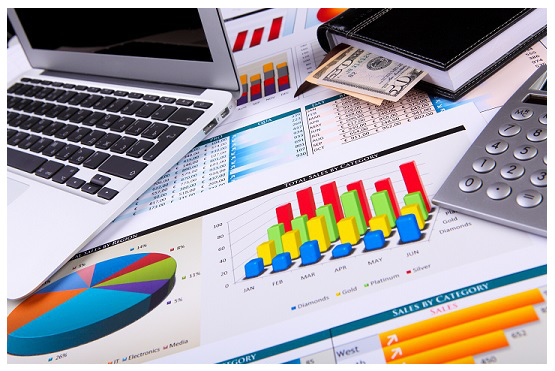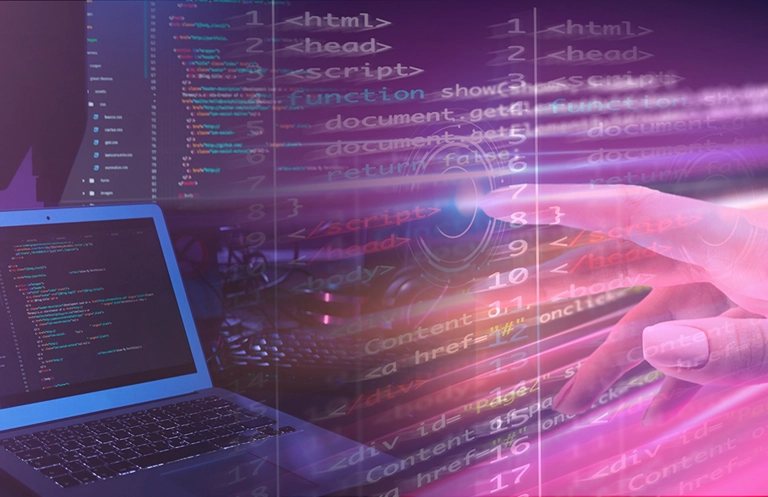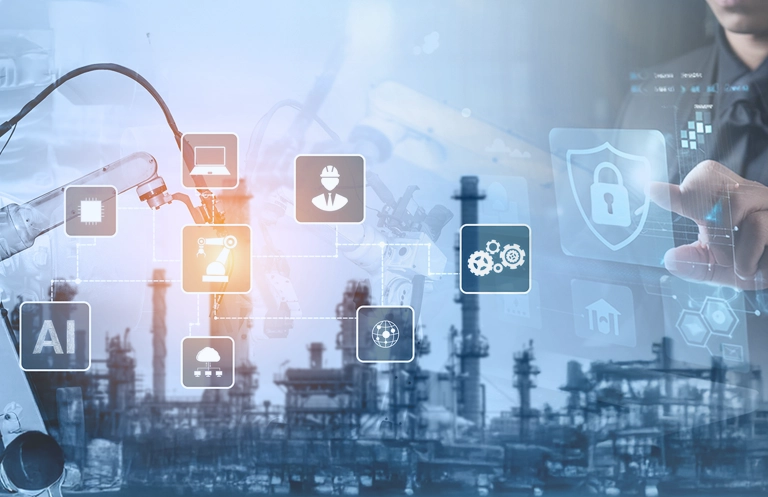Business intelligence (BI) in retail has come a long way since its conception. Today, it entails a holistic approach taken by wholesalers and retail chains towards data integration, data mining, predictive analytics and strategic reporting for reducing costs and maximizing revenues.

Stores and websites rely on real time updated information dashboards for quick decisions. As a store manager, sales associate, or CEO of a retail chain, one needs quick access on their fingertips to available inventory, pricing, customer information and competitor information to make fast, relevant and profitable decisions.
Operating on yesterday’s figures is no longer feasible in an age where real-time insights matter the most. It is important to be able to collect, enrich and integrate data from sales, marketing, and supply chains to make sense of the data in such a way that it can be conveyed at the right time to all relevant stakeholders within the organizational hierarchy.
Targeting the Right Customers – the first step
All retailers can relate to slow days and seasonal downturns in the business when there just aren’t enough customers to reach break-even point. In unpredictable times, it becomes even more imperative that retailers target the right customers by using definitive strategies to assess customer buying patterns. Most of them, however, face challenges due to unorganized data within existing legacy systems.
With proper data and system integrations, companies can allow independent stores to compete with large chains to boost their business. They can even use adapters to connect to centrally curated enterprise data in the data centers, so that they can see improved reporting capacity after migration to faster systems.
Defining BI in retail centered on the right customers and point-of-sale systems is a great idea as the data derived from the nearby sensors can fetch capable metrics that can prove useful in the long run.
Giving Way to Newer Trends
Many companies are migrating from legacy to faster, more efficient systems or even cloud-based solutions to leverage low startup costs and even lower IT investment. Several BI-based solutions are proving handy here such as handheld bar-code scanners, Tableau drive-based data visualization platforms (check out our previous blog on how Tableau enables better quality data visualization), loss prevention applications with video cameras for increased security and ZigBee-based sensors for interpreting data that helps the retail stores to strategize in a much better way. Latest surveillance cameras based on 4k technology can be part of the store’s IP networks for better scalability. Read our recent blog on the topic of 4k technology used in retail stores.
A decade back, retailers used to rely on phone calls and mass e-mails for deriving valuable information about their prospective demographics. Compiling this information used to take a lot of time and money, and data analysis was performed in a variety of formats making the whole process complicated. With business intelligence solutions coupled with trackers, sensors and other IoT devices, one can assess how the retailers’ e-store plans can affect the overall margins and bottom line. To fulfill these objectives, trackers and sensors can go a long way in collecting data in a measurable and communicative manner. One can use store-level metrics for enhanced site intelligence along with the reporting to back it up.
Benchmarking for better retail performance
Giving vendors access to statistical reports of sales, profits and buying patterns gives them the opportunity of benchmarking product performance, enabling adequate discounts or assortments accordingly.
Retail businesses that are active in several locations can plan for multiple outlets with competent reporting and analytics to decipher the right patterns for sales while optimizing margins for other processes. Managers can compare reports and analyses for driving their business forward too













